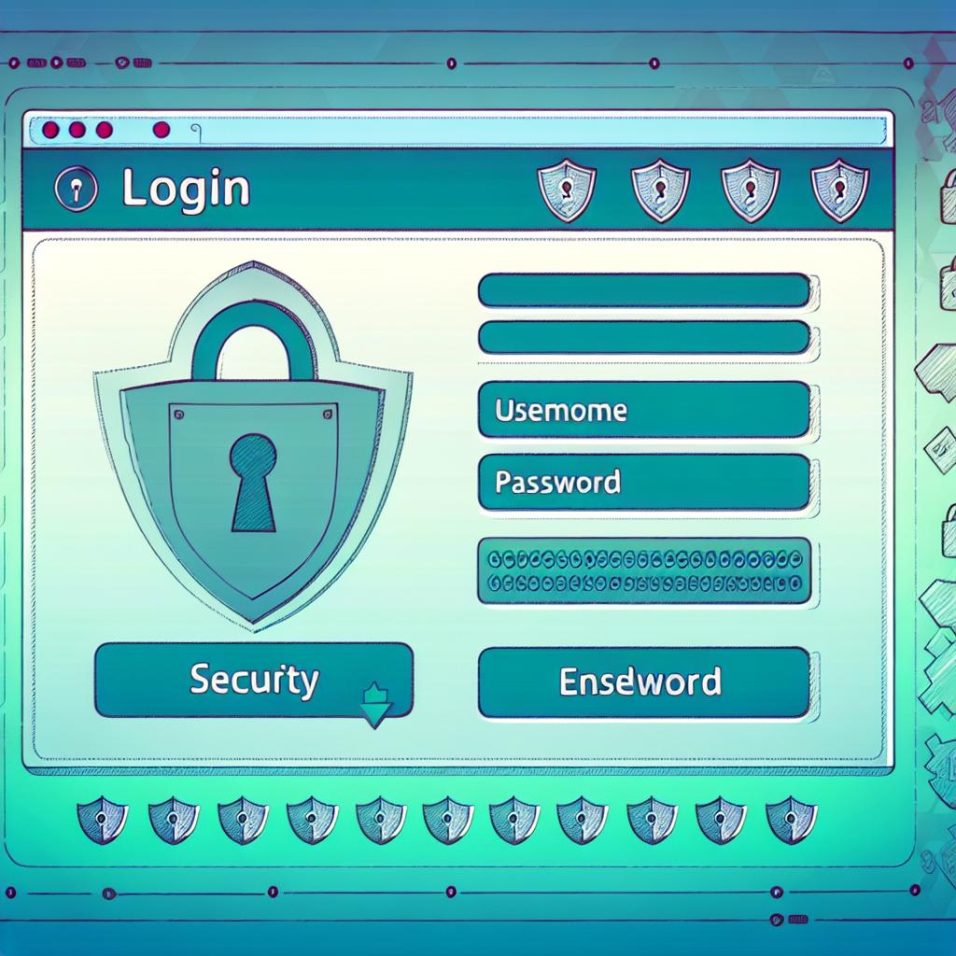Understanding the Importance of Login Page Security
In today’s digital landscape, cybersecurity has become a critical concern for website owners, and WordPress sites are no exception. The login page serves as the main gateway for administrators and users, making it a frequent target for malicious attacks. By bolstering the security of your WordPress login page, you protect not only the site but also the data of your users, enhancing trust and safeguarding your digital assets.
Implementing Strong Access Control Measures
Educating Users on Best Practices
One vital aspect of securing your WordPress login is ensuring that all users are informed about the importance of strong access credentials. Regular workshops or sending guides on creating robust passwords can be beneficial. You might also want to consider integrating password managers within your site to assist users in handling their credentials.
Incorporating CAPTCHA Technology
CAPTCHA implementations can be another effective way to fortify your login page. By adding a CAPTCHA requirement, you deter automated scripts and bots from attempting to log in. Some well-recognized plugins like Google Captcha can be leveraged for this purpose.
Advanced Security Enhancements
Leverage IP Whitelisting
Another layer of security comes from IP whitelisting, a method that restricts access to your login page to a predefined list of IP addresses. This is particularly useful if your site is managed by a fixed team or administered from fixed network locations.
Deploying a Virtual Private Network (VPN)
Using a VPN for login activities can mask the IP addresses and encrypt data transmission, offering higher security levels. If your administration team is remote, this step can provide an additional shield against unauthorized attempts.
The Role of Back-end Security
Keep Your WordPress Installation Updated
Security vulnerabilities often arise when using outdated WordPress versions, themes, or plugins. Regular updates ensure that your site is equipped with the latest security patches. Consider enabling automatic updates for minor releases to keep your WordPress installation current without manual intervention.
Utilize a Comprehensive Security Plugin
A versatile security plugin can offer multi-layered protection beyond just the login page. For example, Sucuri Security can provide an array of defense mechanisms, including malware scanning and security hardening.
Creating a Response Plan
Developing a Security Breach Protocol
Even with robust security measures in place, having a documented response strategy for potential breaches is imperative. This plan should outline the steps for incident management, damage assessment, and communication to affected users.
Regular Backups and Recovery Plans
Routine backups of your website ensure that you can quickly recover in the event of a breach. Tools like UpdraftPlus offer convenient methods for automated backups and restorations.
Conclusion
Securing your WordPress login page is a continuous process that involves a mix of strategic practices and technological solutions. By proactively implementing these enhancements and staying informed about the latest security trends, you can ensure the resilience of your website against evolving cyber threats. Regular audits and updates will help maintain the integrity and trustworthiness of your digital presence, protecting both your interests and those of your users.

